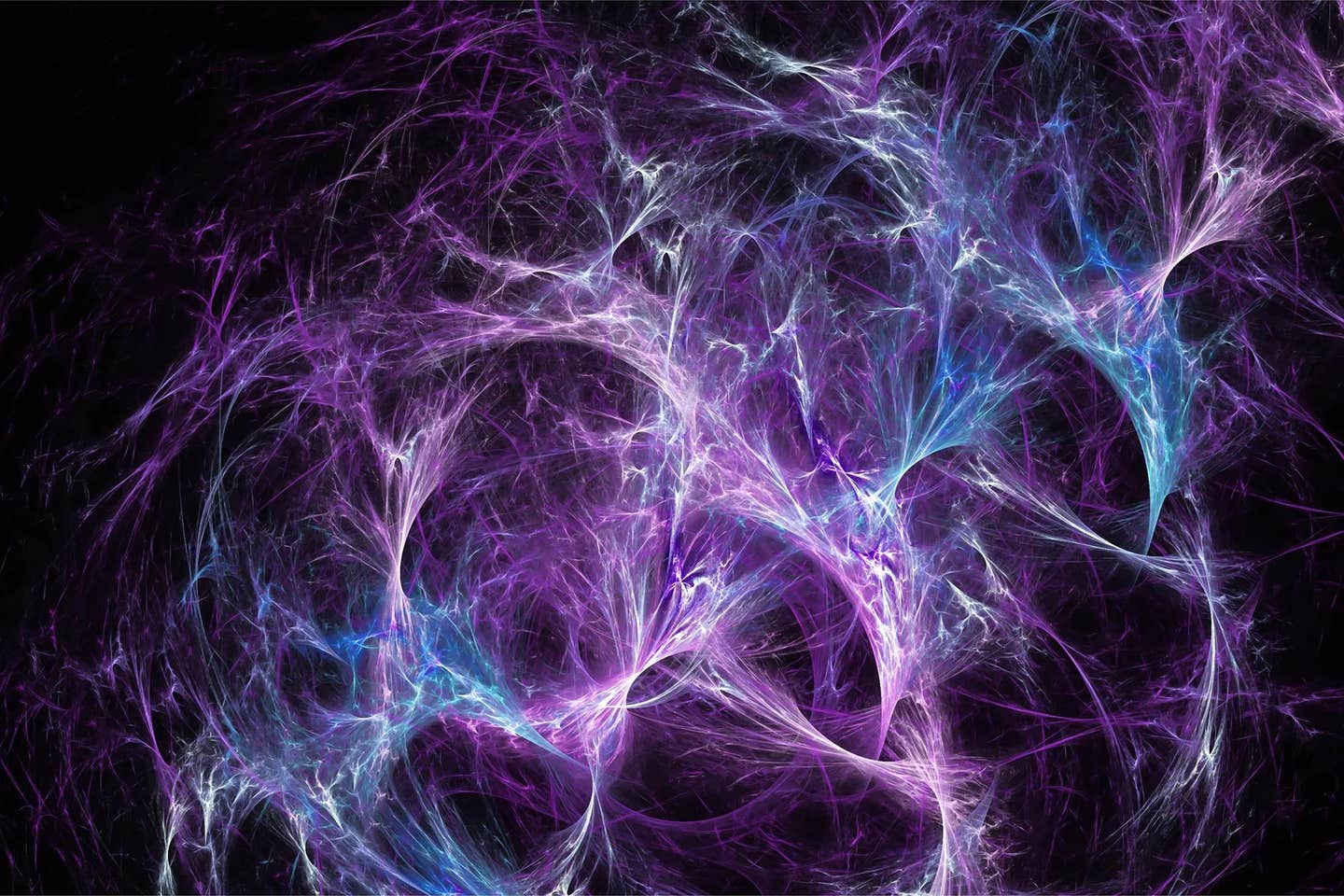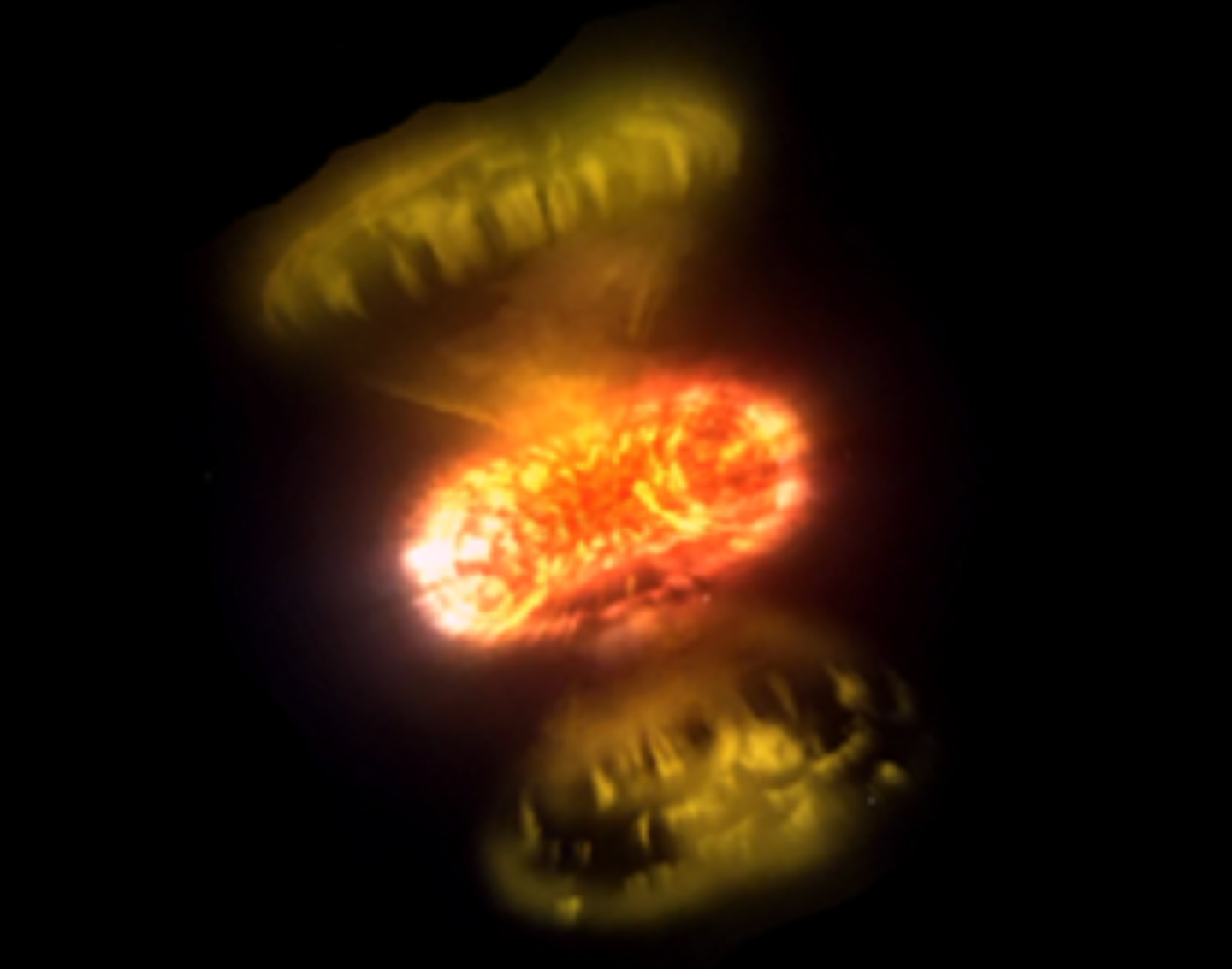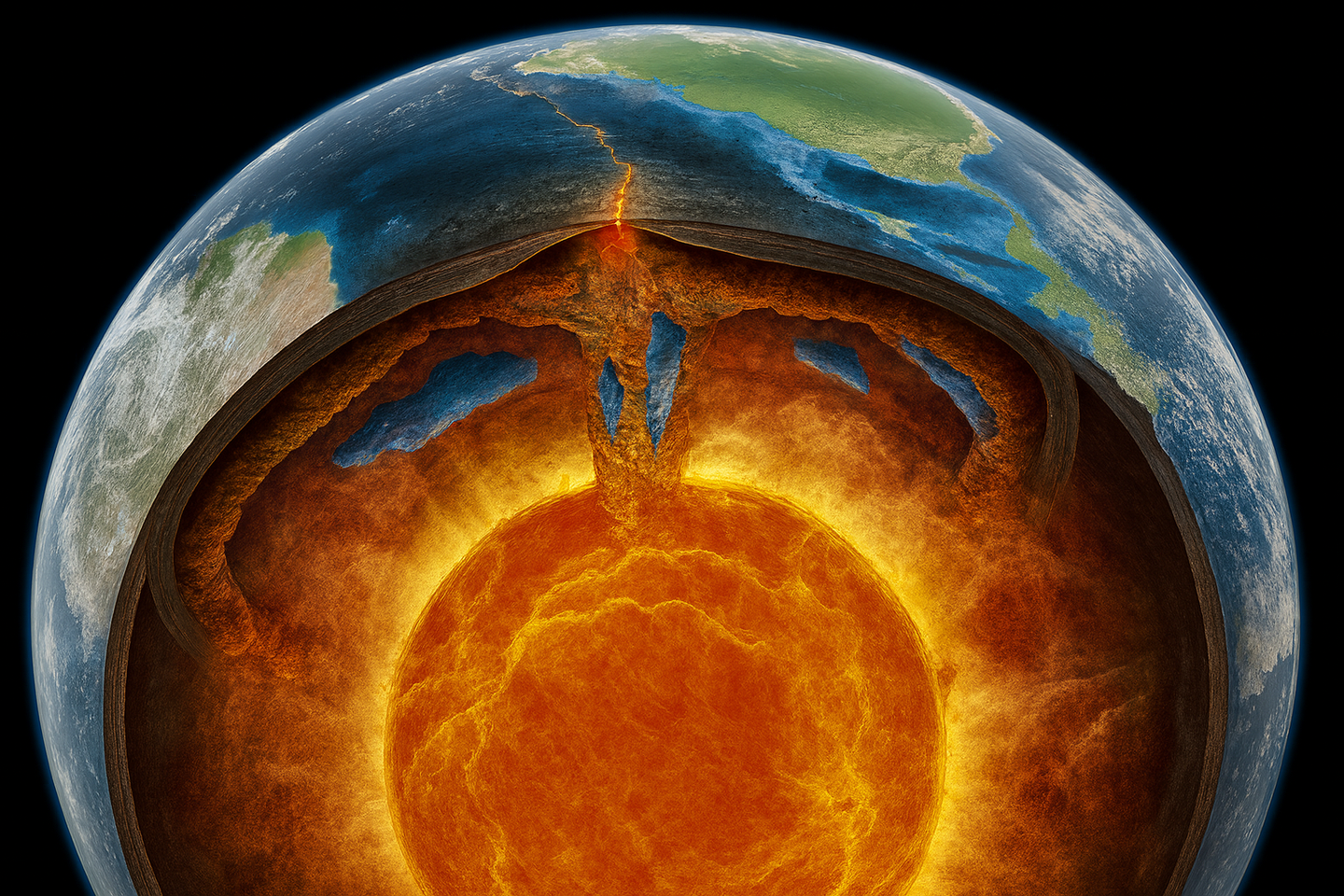Groundbreaking new study finds that dark energy doesn’t exist
A new study in timescape cosmology questions the need for dark energy, proposing an alternative explanation for the Universe’s expansion.

In the 1990s, Type Ia supernovae pointed to an accelerating Universe. That discovery led to the rise of the ΛCDM model, which includes dark energy as a driving force. (CREDIT: CC BY-SA 4.0)
Modern cosmology is stepping into a bold new era. Cutting-edge observatories are now capturing the Universe in ways once thought impossible. Tools that span the full electromagnetic spectrum are being paired with multimessenger techniques—uniting light, particles, and gravitational waves into one powerful narrative of the cosmos.
A recent study published in the Monthly Notices of the Royal Astronomical Society highlights how this shift is unfolding. Observations now include high-energy neutrinos and gravitational waves from rare, violent events like neutron star collisions. These new messengers reveal hidden features of the Universe, uncovering details that traditional telescopes missed.
The value of combining signals becomes clear when surprises emerge. Sometimes a phenomenon emits light and gravitational waves but no neutrinos, as was the case with GW170817. Although it remains the most studied merger event so far, the absence of detectable neutrinos has puzzled scientists. Moments like this spark fresh questions and push cosmologists to rethink what they know.
These puzzles are not easy to solve. Electromagnetic fields tend to behave predictably, but nuclear forces and general relativity are far more complex. To understand these tangled effects, researchers are returning to a familiar subject—Type Ia supernovae. These stellar explosions have long shaped our picture of how fast the Universe is growing.
In the 1990s, Type Ia supernovae pointed to an accelerating Universe. That discovery led to the rise of the ΛCDM model, which includes dark energy as a driving force. But cracks are starting to show. The data no longer lines up perfectly with the model’s predictions, raising doubts and prompting new theories.
One such theory is known as timescape cosmology. It’s been quietly developing for two decades, offering a sharp break from the norm. Instead of tweaking gravity equations like many alternative models, timescape revisits how we measure space and time. It sticks to the rules of general relativity but questions some of its starting assumptions.
Related Stories
This model challenges ideas most people take for granted. What if our clocks and rulers don’t work the same way across the Universe? What if infinity, as we understand it, doesn’t apply? Timescape aims to explain cosmic acceleration without dark energy or mysterious forces, using only geometry and relativity.
Supernovae continue to be central to these bold ideas. Despite 20 years of analysis, researchers are still refining how to read their light. The latest data set, the Pantheon+ catalogue, includes 1,535 events—enough to compare ΛCDM with timescape side by side. The results could redefine what we believe about space, time, and the fate of the Universe.
By constructing a covariance matrix largely independent of cosmological assumptions, researchers have pushed the boundaries of “model independence.” This framework eliminates biases stemming from assumed geometries or peculiar velocities, allowing for a more objective evaluation of competing cosmological models.
A pivotal finding from this reanalysis is the evidence that the timescape model may outperform ΛCDM in explaining observational data.
Unlike dark energy—a placeholder for unknown physics in the standard model—timescape cosmology attributes the apparent acceleration of the Universe's expansion to differences in time calibration across cosmic structures. For example, clocks in dense galactic environments tick slower than those in vast cosmic voids. This variation creates the illusion of accelerating expansion when viewed through conventional lenses.
Professor David Wiltshire, a leading proponent of timescape cosmology, explained, “Our findings show that we do not need dark energy to explain why the Universe appears to expand at an accelerating rate. Dark energy is a misidentification of variations in the kinetic energy of expansion, which is not uniform in a Universe as lumpy as the one we actually live in.”
The implications of this model extend beyond theoretical physics. Observations like the Hubble tension—discrepancies between early and present-day Universe expansion rates—and findings from instruments like the Dark Energy Spectroscopic Instrument (DESI) challenge the ΛCDM model's assumptions.
Standard cosmology often treats the Universe as if its structures were homogeneously blended, ignoring the intricate cosmic web of galaxies, filaments, and voids. Timescape cosmology’s approach, however, accounts for this complexity, offering a refined interpretation of expansion.
Wiltshire added, “We now have so much data that in the 21st century we can finally answer the question—how and why does a simple average expansion law emerge from complexity? A simple expansion law consistent with Einstein’s general relativity does not have to obey Friedmann’s equation.”
This nuanced perspective also challenges the assumptions underlying dark energy’s existence. Dark energy is widely regarded as a weak anti-gravity force comprising approximately two-thirds of the Universe’s mass-energy density.
Yet, timescape cosmology suggests that its effects might be an artifact of how we interpret light from distant cosmic objects. For instance, light stretched by gravitational time dilation may provide an alternative explanation for observed phenomena, reducing the need for dark energy as a theoretical construct.
Further bolstering this argument is the improved statistical analysis of SNe Ia light curves. The Bayesian approach used in the Pantheon+ catalogue highlights features attributable to low-redshift supernovae and model-dependent light curve fitting. These factors reveal biases in traditional data reduction techniques, underscoring the need for cosmology-independent methods.
Beyond supernovae, emerging data from recent and upcoming observatories promises to test these theories rigorously. The European Space Agency’s Euclid satellite, launched in July 2023, is particularly well-suited to probe the distinctions between ΛCDM and timescape models. Euclid’s mission, combined with data from the Nancy Grace Roman Space Telescope, aims to gather over 1,000 high-quality supernovae observations, enabling unprecedented scrutiny of cosmic expansion theories.
Wiltshire remains optimistic about the future. “The research provides compelling evidence that may resolve some of the key questions around the quirks of our expanding cosmos. With new data, the Universe’s biggest mystery could be settled by the end of the decade.”
This paradigm shift in cosmology extends beyond academia. If confirmed, the timescape model could redefine our understanding of the Universe, eliminating the need for dark energy and reconciling long-standing discrepancies in cosmological data. Such breakthroughs illustrate the importance of interdisciplinary approaches, combining observational data with innovative theoretical models.
In an era of unparalleled observational capabilities, the quest to understand the Universe’s expansion is entering a decisive phase. Whether through the lens of ΛCDM or the timescape model, the pursuit of knowledge continues to push the boundaries of what’s possible, unlocking the secrets of the cosmos one discovery at a time.
Note: Materials provided above by The Brighter Side of News. Content may be edited for style and length.
Like these kind of feel good stories? Get The Brighter Side of News' newsletter.



